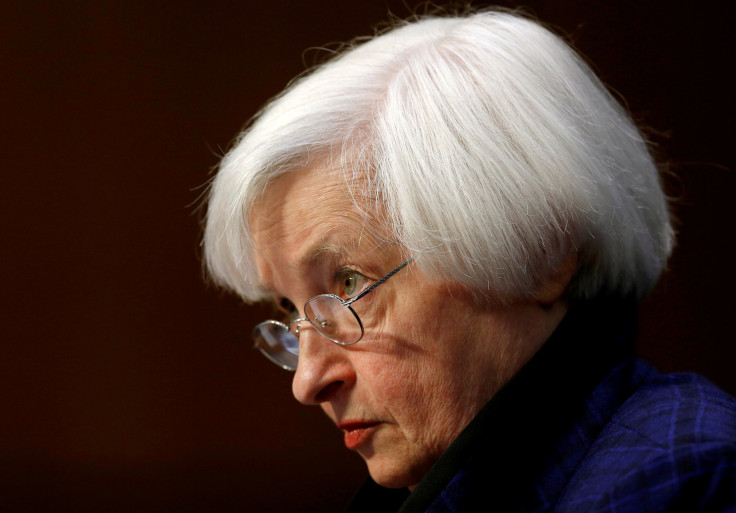Janet Yellen Speech Live Stream: How To Watch Senate, House Talk On Possible Interest Rate Hike

Federal Reserve Chairman Janet Yellen will give the Senate Banking, Housing and Urban Affairs Committee a glimpse of her expectations for the U.S. economy and her monetary policy plans for the next year at 10 a.m. Tuesday morning, one of two such talks the central bank leader gives each year. At the same time on Wednesday, Yellen will head over to the House, where she’ll deliver semi-annual remarks on her monetary policy objectives and economic outlook to the Financial Services Committee.
Curious consumers and Fed-watchers alike can tune in to C-SPAN for a live stream of Yellen’s address. Yellen’s previous Congressional testimony, just days after President Donald Trump’s widely unexpected Nov. 8 election win, made headlines when she accurately hinted that the Fed would raise interest rates “relatively soon,” described an uncertain economic future under Trump and stressed that she would remain in her position for the entirety of her term, which ends at the start of 2018.
While Yellen and her fellow members of the central bank’s policy body chose not to raise the federal funds rate—a bank-to-bank loan rate closely followed by mortgage, credit card and other interest rates—following a meeting that ended Feb. 1, she suggested after the Fed raised the rate in December that Americans could see as many as three increases in 2017.
Many analysts have been skeptical of this projection, as the Fed made an even more ambitious declaration in December 2015, when Yellen implied that there would be four 0.25-percentage-point hikes in 2016, only for the central bank to hike the rate once.
Nearly 87 percent of investors expect the Fed to once again delay a raise in the interest rate at its next meeting, which ends March 15, according to the CME Group, a derivatives and futures exchange company.
If the Fed does choose to increase the rate, such a decision would mark only the third hike since the rate dropped amid the economic slowdown of the Great Recession. The central bank lowers the rate as a way to stimulate larger amounts of borrowing and economic activity when the economy is in need of a boost, and raises it to reel in inflation associated with speedy economic growth.
© Copyright IBTimes 2025. All rights reserved.






















